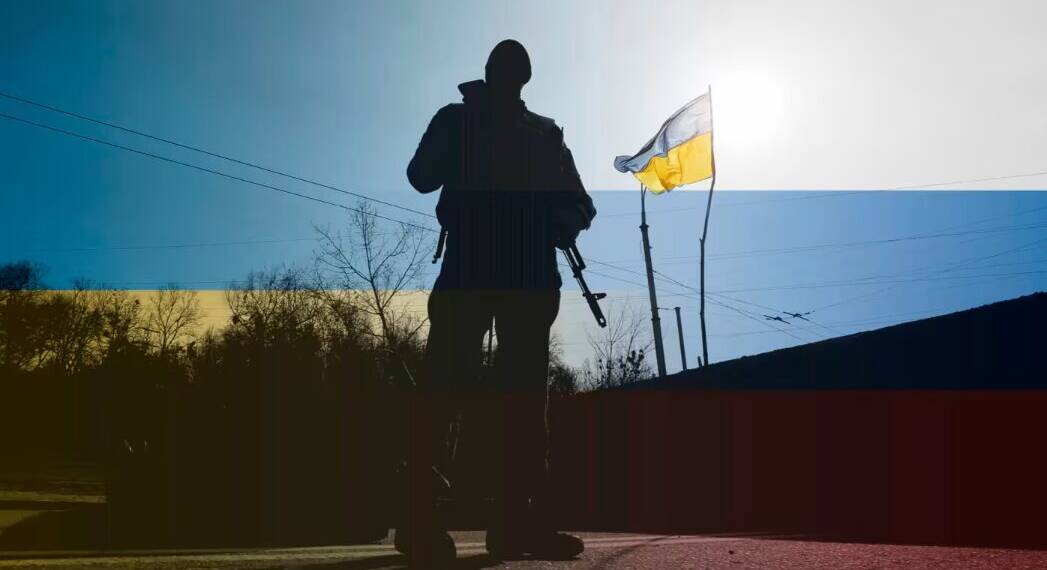Since Russia’s invasion of Ukraine began in February two years back, millions of people from Ukraine have fled to the European Union, seeking safety and shelter. While many EU countries initially welcomed these refugees with open arms, recent developments show that support for Ukrainians is beginning to falter. Countries like Poland and Norway, which have been key destinations for these refugees, are now taking steps to restrict their stay. Despite the rising pressure, many Ukrainians are not so eager to return home and to fight for their country.
Changing Attitudes in Poland
Poland has been one of Ukraine’s most supportive allies throughout the war, initially accepting more than a million refugees. But a recent poll indicates that public sentiment in the country is shifting. According to the Center for Public Opinion Research (CBOS), two-thirds of Poles believe that Ukrainian men of military age should be sent back to fight in their homeland. Only 22% of the respondents think these men should be allowed to stay in Poland.
This shift in attitude is significant, considering that in the early days of the conflict, more than 90% of Poles supported taking in these refugees. Now, that number has dropped to just over half, signaling growing discontent. While Poland remains a strong supporter of Ukraine politically, this sentiment doesn’t seem to extend as much to the millions of Ukrainian men who are of fighting age but remain in Poland.
Polish officials have echoed this sentiment, with Foreign Minister Radoslaw Sikorski arguing that the EU should reduce social benefits for these refugees to encourage them to return home and fight. Poland even created a “Ukrainian Legion” to train these men and send them back to the front lines, but the response has been underwhelming. Only 300 people volunteered in the first three months, highlighting the reluctance of many Ukrainians to go back to the war.
Norway’s New Restrictions
Norway, another country that has taken in a significant number of Ukrainian refugees, is also changing its stance. Oslo has announced new rules that will limit automatic asylum for Ukrainians, especially those from regions in the western part of Ukraine, which are considered safe. These regions feature places like Lviv and Volyn, far from the active fighting in the east and south.
Norwegian officials argue that the country’s immigration system needs to be sustainable. Justice Minister Emilie Mehl stated that asylum seekers from these safer areas will now be treated similarly to other refugees from around the world.
The government has also cited concerns about resource strain. As housing becomes scarce and welfare services come under pressure, officials stress that refugees need to integrate by learning Norwegian, finding jobs, and contributing to the country. Norway’s support for Ukraine remains strong, but the country is clearly trying to balance this with its domestic needs.
A Broader EU Trend
Poland and Norway are not the only countries where support for the refugees is weakening. Hungary, for example, has already cut housing subsidies for refugees from western Ukraine, arguing that it is safe enough for them to return.
The reasons for this shift are varied. The war has dragged on for over two years with no end in sight, and many EU countries are beginning to feel the strain of supporting large numbers of refugees. Resources such as housing, social services, and welfare programs are becoming stretched, and local populations are increasingly questioning why fighting-age men are not returning to defend their country.








